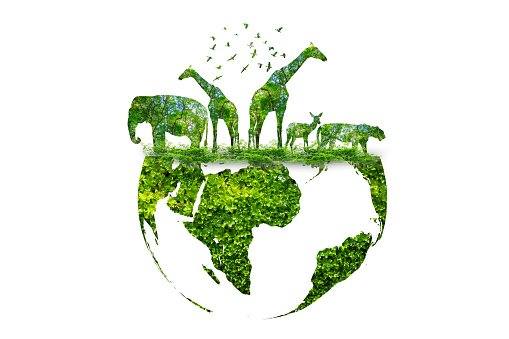The intentional and unintentional actions of humans turn out to be long-term threats to the planet’s biodiversity. Human activity has created the greatest damage by altering natural environments to make space for agriculture or the extraction of natural resources, but as climate change increases, the effects on ecosystems will only intensify. In such a way that online players identify gry automaty na prawdziwe pieniadze as a perfect solution for online casinos, it is important to find new solutions to safeguard our biodiversity.
It is believed that 30 per cent of the world’s biodiversity has been lost because of land use change for large-scale food production. Overfishing, overhunting, and overharvesting for food, medicine, and wood are the second most common causes of deforestation, accounting for around 20% of global deforestation. Together with pollution, climate change is responsible for 14% of the decline in biodiversity. Invasive species make up about 11% of the population. Climate change is predicted to be the dominant driver of biodiversity loss in the next few decades, according to some projections.
All the major causes of biodiversity loss are having an increasing influence, and as a result, the rate of biodiversity loss is speeding up. Increasing human populations, rising per capita consumption, and changing consumption habits have resulted in an ever-increasing demand for natural resources, which has resulted in the depletion of natural habitats. The following are key areas of human activity that are contributing to the long-term threats to biodiversity:
- Deforestation is one of the most important aspects of human activity that contributes to the loss of biodiversity. The destruction of tropical rainforests threatens the extraordinary levels of biodiversity that are found there.
- Destruction of habitat because of the widespread and gradual invasion, such as that produced by urban expansion. It is believed that even agriculture imposes a threat to around half of the world’s endangered species.
- Pollution such as that caused by the extensive use of pesticides and the excessive use of fertilizer, both of which have increased to levels that are six and twelve times higher than they were before 1961, respectively.
- Manipulation of water in some of the major water catchments in the world, which have had their water flows reduced due to the construction of dams and the use of irrigation.
- The illegal trade in wildlife, as well as hunting and other forms of species exploitation such as in wild-caught fisheries, are both contributing factors. The proliferation of invasive species and diseases because of human travel and trade.
- The effects of climate change, such as global warming and change in rainfall patterns, are altering the distributions of species as well as the underground water and chemical cycles that define existing ecosystems.
- Pollution from plastic trash, even though the long-term implications of this on biodiversity are not yet fully understood.
Conclusion
Our land and oceans are home to a diverse array of ecosystems, all of which are influenced in some way by the activities of our businesses, for sure. We must make a speed-breaker on this and address it before it worsens.







